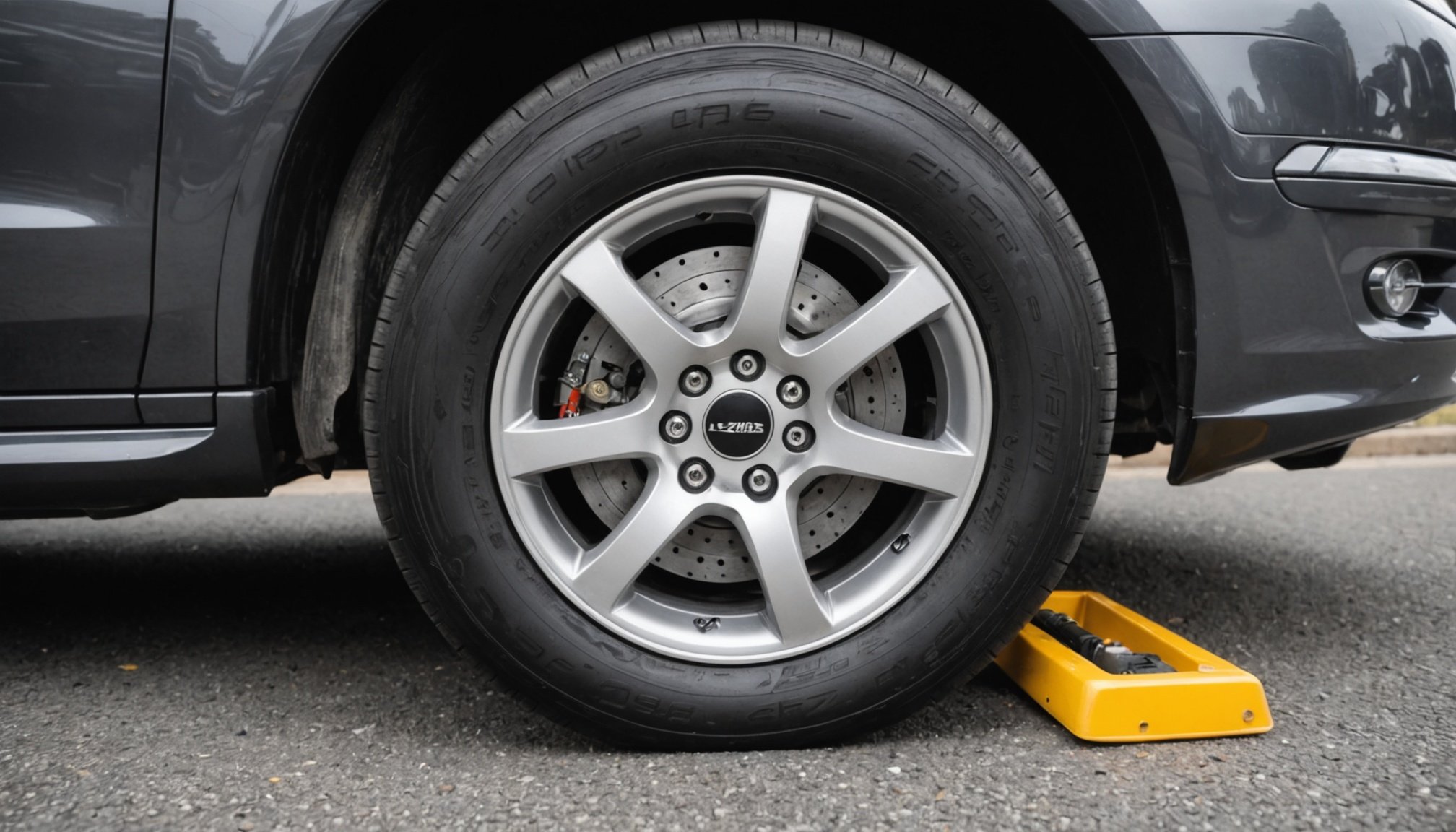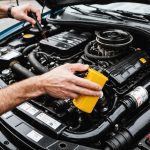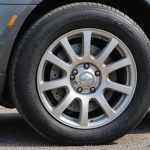In the midst of evolving automotive technologies, one might underestimate the significance of maintaining optimal tire pressure and tread depth. Beyond simply ensuring your vehicle’s performance, these two factors play a vital role in enhancing safety and fuel efficiency. As you navigate on various roads and under different weather conditions, your tires become the primary contact between your car and the ground. Understanding the intricate balance between tire pressure and tread depth is not just for the automotive enthusiast but is essential knowledge for every car owner seeking to maximize their vehicle’s driving performance while ensuring safety.
Understanding Tire Pressure
When it comes to vehicle safety and efficiency, tire pressure is a critical factor. Properly inflated tires ensure a stable driving experience, maximizing fuel efficiency and reducing the risk of tire wear. Incorrect tire pressure, whether too low or too high, can lead to a myriad of issues that compromise both safety and performance.
Also to discover : How can regular maintenance save you money on long-term car ownership?
Optimal Inflation Equals Efficiency
To maintain the right tire pressure, it’s essential to understand that each vehicle has a recommended pressure range, often found in the owner’s manual or on a sticker inside the driver’s door. This range is tailored to the vehicle’s specific requirements and ensures that your car runs smoothly while conserving fuel. Adequate pressure reduces rolling resistance, which means your car doesn’t need to work as hard to move, leading to better fuel economy.
Impact on Safety
Tire pressure directly influences how your car handles on the road. Underinflated tires can lead to increased friction, causing them to overheat and potentially blow out—an alarming situation when driving at high speeds. Overinflated tires, on the other hand, can decrease your car’s grip on the road, especially during wet conditions, leading to dangerous skidding.
Topic to read : What are the best practices for cleaning and detailing the interior of your car?
Routine Checks: A Habit’s Worth Adopting
Establishing a routine to check your tire pressure at least once a month can prevent these hazards. Investing in a reliable tire pressure gauge and familiarizing yourselves with its usage will further ensure that your tires are in optimal condition. Moreover, temperature changes, especially during seasonal shifts, can affect tire pressure, making regular checks all the more essential.
The Role of Tread Depth in Safety and Performance
When discussing tire maintenance, tread depth often takes a backseat but is equally critical. The tread is the surface that makes contact with the road, and its depth is crucial. Adequate tread depth ensures your vehicle can handle diverse driving conditions, from dry pavement to wet and icy roads.
Why Tread Depth Matters
Tread depth is measured in millimeters, and as a rule of thumb, a minimum of 1.6mm is legally required in many regions. However, maintaining a tread depth of around 3mm is advisable for optimal performance. A deeper tread is synonymous with better water displacement, significantly reducing the risk of hydroplaning during wet conditions, when your car loses grip due to a layer of water between the tire and the road.
Impact on Handling and Grip
Your vehicle’s grip on the road is paramount for both safety and performance. When tread depth is compromised, your car may struggle with braking and maintaining stability during turns. This is especially true during adverse weather conditions. More tread equals more grip, translating to a more controlled and secure driving experience.
Regular Inspections and Maintenance
To ensure safety, incorporate regular inspections of your tire tread into your maintenance routine. Simple penny tests or tread depth gauges are accessible tools to help check your tread’s condition. If you notice uneven tread wear, it might signal other issues, such as misalignment or suspension problems, requiring immediate attention.
The Interplay Between Pressure, Tread, and Overall Maintenance
The harmony between tire pressure and tread depth is pivotal in optimizing your vehicle’s performance and safety. Both elements work tirelessly together, influencing how your vehicle reacts to different driving scenarios.
Synergistic Effects on Efficiency
When tire pressure and tread depth are both at their optimal levels, your vehicle achieves peak performance. Proper tire pressure reduces rolling resistance, while adequate tread depth ensures maximum contact with the road. Together, they enhance fuel efficiency, allowing you to cover more miles per gallon.
Understanding Wear and Tear
Even with careful maintenance, tire wear is inevitable. However, uneven or excessive tread wear can be indicative of underlying problems. Misalignment, improper balancing, and suspension issues can all contribute. Addressing these promptly will ensure the longevity of your tires, maximizing their effectiveness.
Comprehensive Maintenance for Longevity
To maintain your vehicle’s performance and safety, it is prudent to integrate these checks into your regular maintenance schedule. Professionals can provide insights and recommend actions like rotating your tires to promote even wear. Leveraging expert advice can lead to better decisions that prolong your tires’ lifespan, saving costs in the long run.
Conclusion: Prioritizing Tire Health for Safety and Efficiency
Your tires are more than just rubber components of your vehicle. They are the frontline defenders of your safety and the enablers of your car’s performance and fuel efficiency. By prioritizing regular checks and maintenance of tire pressure and tread depth, you ensure a safer, more economical driving experience.
Building Better Habits
Active awareness and understanding of these two critical aspects can transform how you approach vehicle maintenance. Encouraging periodic checks and being proactive about addressing any identified issues can prevent potential hazards and costly repairs.
Investing in Safety
Ultimately, investing time and effort in your tires is an investment in your safety. A well-maintained car not only performs better but also provides peace of mind, allowing you to focus on the journey ahead rather than worrying about unexpected complications on the road.
As we approach the year-end of 2024, make it a resolution to pay more attention to these often-overlooked aspects of your vehicle. The dividends in terms of efficiency, safety, and overall driving performance are well worth the effort.











